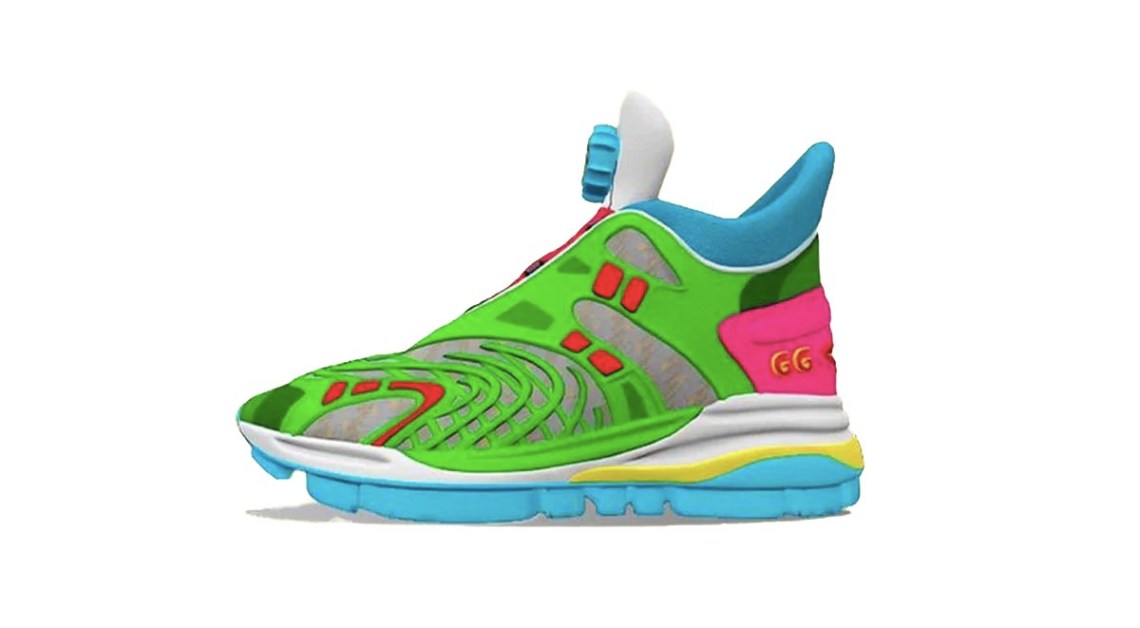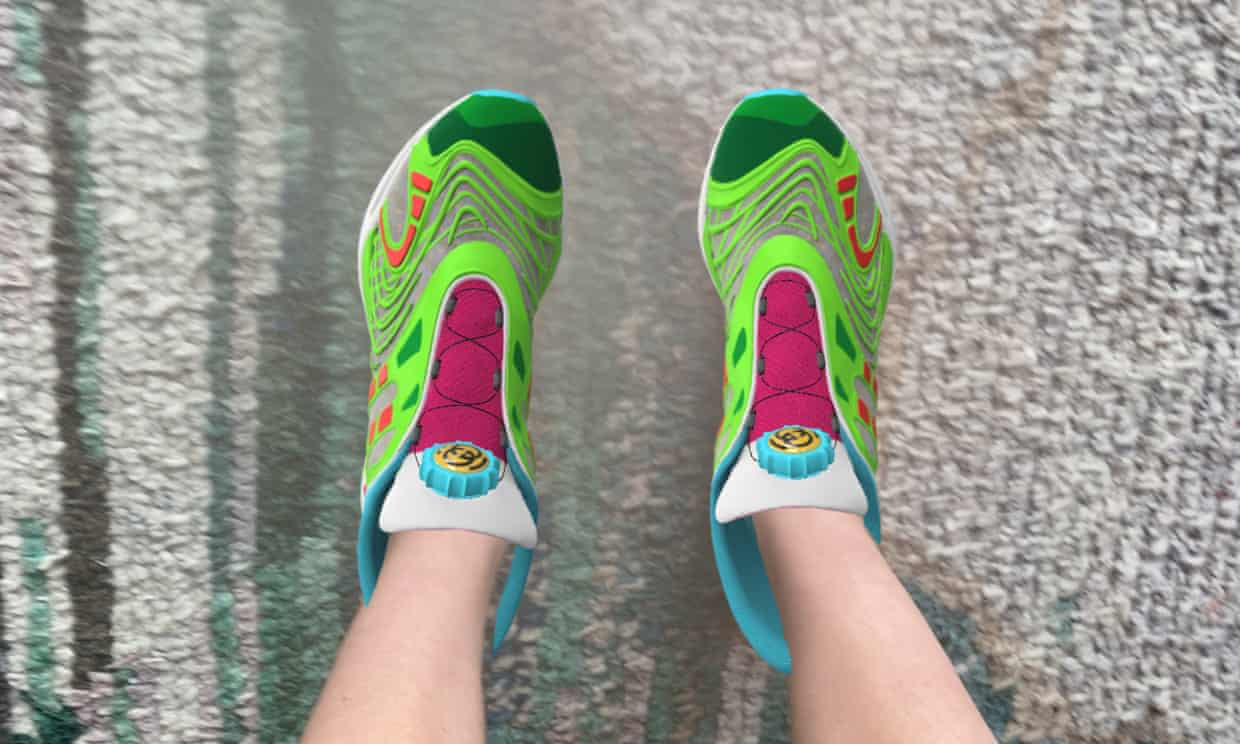What Are NFTs and Why Is Everyone Obsessed With Them?
Non-fungible tokens are making their way into the art and fashion industries – here’s what that means.

Imagine selling one of your unpretentious tweets, or even a picture that only exists digitally and can be replicated an infinite amount of times, for millions of dollars. The idea may sound absurd at first but it is very real: welcome to the world of NFTs.
In the past few weeks, several corners of the internet have been stormed by those three mysterious letters, which stand for “non-fungible tokens.” NFTs are “one-of-a-kind” digital assets that are verified through blockchain technology, giving buyers certificates of authenticity and ownership. They generate unique, non-interchangeable digital tokens, and can be bought and sold like any other property but, unlike luxury cars or the Mona Lisa, they do not have a tangible form in the physical world.
Though the technology has existed since at least the mid-2010s, the NFT hype reached a new high earlier this month, when the traditional auction house Christie’s sold “Everydays – The First 5000 Days,” a digital artwork in JPEG form by an artist known as Beeple, for an astounding $69.3 million – making it the third most expensive artwork sold by a living artist.
“Why would someone pay thousands or even millions of dollars for something they can just download for free?” you may ask. Well, think of the Mona Lisa again: you can easily find images of the painting online, or you can even visit the Louvre and take your own photos of it. But there is only one original artwork. Beeple’s piece itself has been copied and distributed countless times online – but the buyer of the NFT is the only one with a token that proves it’s the “original.”
NFTs aren’t restricted to digital paintings. On Monday, Twitter co-founder and CEO Jack Dorsey sold his first tweet – a 2006 post that simply reads “just setting up my twttr” – as an NFT in a charity auction for over $2.9 million. A unique version of Nyan Cat, the popular cartoon of a Pop-Tart shaped cat, sold for $580,000 earlier this year. (Both were sold in Ethereum, a form of cryptocurrency like Bitcoin.)
And in February, Grimes sold a series of 10 pieces of digital works on NFT platform Nifty Gateway for nearly $6 million total. A one-of-a-kind music video titled “Death of the Old,” which features a flying cherub and an original song by the musician, sold for nearly $389,000.
🗡️The "War Nymph" collection is dropping tomorrow, February 28 @ 2pm EST.
Are you ready for this collaboration between @Grimezsz & @MacBoucher1? Who is excited for this drop? 👀👀👀
Don't forget a % of the proceeds from the #NFT sales will be donated to @carbon_180! pic.twitter.com/Z07WTvrM6g
— Nifty Gateway Studio 🌐 (@niftygateway) February 27, 2021
Naturally, NFTs have also made their splash in the fashion world. In late February, virtual sneaker brand RTFKT, which has been posting unique digital designs since 2019, made a collaboration with 18-year-old artist Fewocious that sold out in seven minutes and achieved $3.9 million. In this case, each virtual creation also came with a physical pair of shoes, but the main product was the digital piece, which can be “worn” by the user in video games, for example.
Gucci also joined the party this month by releasing digital sneakers in collaboration with Belarusian design studio Wanna. The designs can cost between $9 and $13 and, although they are not technically NFTs, buyers can “wear” them through augmented reality technology or game avatars like in Roblox, for example. But the luxury label already reportedly has plans to launch limited-edition virtual designs, which could then enter the NFT realm.
Louis Vuitton also created exclusive virtual designs in 2019 in partnership with the online game League of Legends (the label also had Final Fantasy XIII protagonist Lightning starring a campaign in 2015) – but imagine if these were one-of-a-kind items?

Exclusivity is at the core of both NFTs and luxury goods. So fashion experts argue that a possible use for the digital tokens is attaching them to a physical product, allowing users to display a “digital double” of the real thing virtually through game avatars, or even simply showing off their certificate online.
In some cases, the creator of the NFT can also retain a percentage of royalties each time the token is sold. Beeple, for example, is set to receive 10 percent in royalties over each sale of his NFTs on the secondary market. If labels decide to attach an NFT to their physical designs, this could potentially represent another profitable channel for them: each time the piece is resold, the brand would receive royalties.
“Luxury customers have digital lives now, and it’s natural for them to want to take products into these lives,” Ian Rogers, chief experience officer at French crypto start-up Ledger and an advisor to LVMH, told Business of Fashion. “The idea of buying a luxury handbag and taking a digital representation of this into a video game or another digital environment is not too far away.”
As with every exciting novelty, it is hard to predict what will become of it – will NFTs be our generation’s Beanie Babies? Only time will tell. But so far, the virtual hype seems very real.
Discover More
